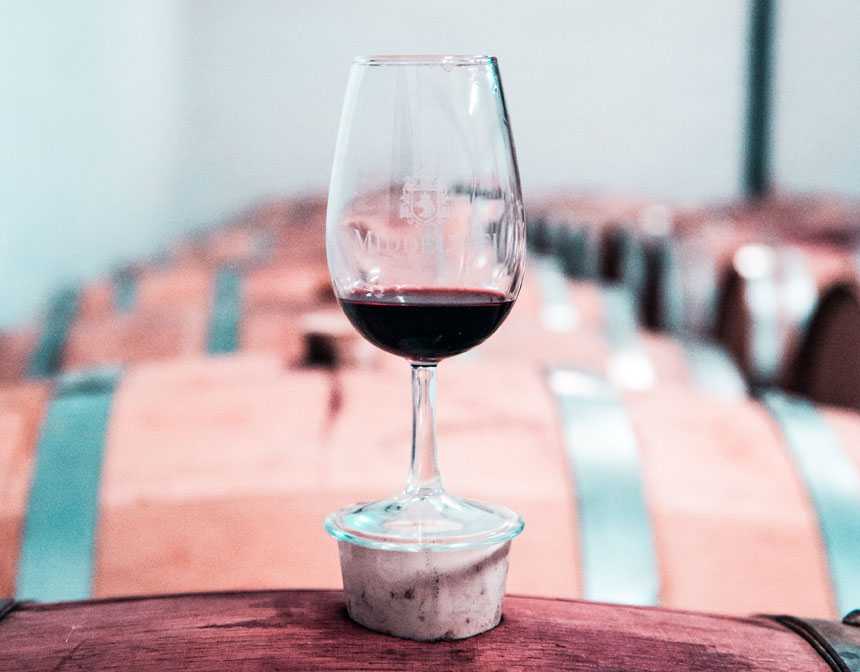Which Is Better Ghana Or Nigeria Jollof Rice?
The "Jollof Rice Wars" between Nigeria and Ghana are a well-known culinary debate in West Africa. This rivalry often boils down to personal preference and cultural ties rather than an objective best version.
Nigerian Jollof Rice tends to be a bit spicier, using more peppers and spices in the mix. The rice often has a smoky flavor, which comes from the slightly burned crust that forms at the bottom of the pot during cooking, a part known as "party rice" among Nigerians.
Ghanaian Jollof Rice, on the other hand, usually incorporates more vegetables into the dish, such as peas, carrots, and bell peppers. The method of preparation is slightly different, which often results in a moister and softer texture in the rice.
The key ingredients, rice and a tomato-based sauce, are common in both versions, but the specific methods and additional ingredients can vary, leading to different flavor profiles. Therefore, the "better" Jollof Rice will depend on your taste buds and personal preference.
However, whether it's Nigerian or Ghanaian, there's no denying that a well-prepared Jollof Rice is a flavorful and satisfying dish! It is best to try both versions and decide which one suits your palate the best.
What Does Jollof Rice Taste Like?
Jollof rice is a vibrant and flavorful dish known for its signature taste.
At its base, Jollof rice carries the rich and slightly sweet flavors of stewed tomatoes and onions, often cooked down into a paste with red bell peppers. There's a smoky undertone to the dish, which comes from the controlled charring of the rice at the bottom of the pot.
Spices such as thyme, curry powder, and bay leaves add an aromatic depth to the dish. The use of chili peppers and sometimes ginger provides a spicy kick, though the level of heat can vary based on personal preference or regional style.
Additionally, the use of ingredients like chicken broth, beef, or fish can imbue the rice with a savory taste. Some versions may also have a hint of sweetness if carrots or sweet peas are added.
Overall, Jollof rice is a savory and spicy dish with a slightly smoky flavor. It has a unique taste, and every bite is a medley of flavors that makes it truly unforgettable. It's a comfort food that captures the essence of West African cuisine.
Is Nigerian Jollof Rice The Best?
The debate on which country makes the best Jollof rice, often humorously referred to as the "Jollof Wars," is a topic of playful contention among West African nations, particularly between Nigeria and Ghana.
The Nigerian Jollof rice is known for its distinct smoky flavor, which is achieved by reducing the heat to the barest minimum once all ingredients are in the pot, and allowing the rice to 'burn' slightly at the bottom. This gives the dish a distinct taste and aroma, not found in other versions of the dish. It often contains parboiled long-grain rice, tomatoes, onions, Scotch bonnet peppers, and a variety of spices. Meat, fish, or vegetables are also often included.
However, whether Nigerian Jollof is the "best" is subjective and largely depends on individual tastes and preferences. Some people might prefer the Ghanaian version, which often has a lighter, fluffier texture and often uses jasmine or basmati rice and includes ingredients like ginger and local spices.
Ultimately, the best Jollof rice is often down to personal preference, and trying the different versions can be a delightful culinary journey. But it's undeniable that Nigerian Jollof rice holds a special place in many people's hearts.
Which African Has The Best Jollof Rice?
The question of which African country makes the best Jollof rice is a topic of light-hearted debate, particularly among West African nations. This dish is a popular staple in many countries in the region, and each has its unique way of preparing it.
Nigeria and Ghana are the two countries that are most often mentioned in this debate, with passionate advocates on both sides arguing for their respective national versions of Jollof rice.
Nigerian Jollof rice is renowned for its full-bodied and smoky flavor. This is typically achieved by parboiling the rice, then cooking it with a blend of tomatoes, peppers, onions, and spices, and allowing it to steam in its own juices until it absorbs all the flavors and attains a slightly smoky, intensely flavorful finish.
On the other hand, Ghanaian Jollof rice is appreciated for its fluffy, distinct grains and its robust use of spices and ingredients like ginger. It's cooked using a one-pot method where the rice is cooked in a rich, flavorful stock, imbuing each grain with a taste that's as bold as it is satisfying.
However, other countries like Senegal, where Jollof rice (or 'Thieboudienne' as it's known there) originated, also have their unique takes. Senegalese Jollof, for instance, often includes a wider variety of vegetables and uses broken or medium-grain rice.
In the end, the "best" Jollof rice is a matter of personal preference. Every version of this beloved dish offers its own unique, flavorful experience, and exploring them all can be a fantastic culinary adventure.
What To Serve with Nigerian Jollof Rice?
Nigerian Jollof Rice, a beloved and flavorful West African dish, can be beautifully complemented by a variety of delectable accompaniments. The rich and aromatic Jollof Rice pairs harmoniously with grilled or fried chicken, offering a delightful combination of savory and tender flavors. For a touch of sweetness, serve the rice alongside fried ripe plantains, known as "dodo" in Nigerian cuisine. The addition of Nigerian Moi Moi, a steamed bean pudding made with grounded peeled beans and spices, provides a satisfying and contrasting texture to the meal. To balance the meal with freshness, a colorful Nigerian Salad with a tangy dressing and crunchy vegetables enhances the overall dining experience. These accompaniments enrich the Jollof Rice with diverse flavors and textures, ensuring a delightful feast that captures the essence of West African cuisine.
Here are our delicious recipes that you can serve with Nigerian Jollof Rice:
- Tostones (Twice-Fried Green Plantains)
- Crispy Fried Okra
- Moi Moi (Bean Pudding)
- Cabbage Casserole
- Creamy Cucumber Salad
History of Nigerian Jollof Rice
Jollof rice is a colorful and flavorful one-pot rice dish popular in many West African countries. It's a celebratory dish and a staple at social functions, gatherings, and parties. The origins of Jollof rice can be traced back to the Senegambian region that was ruled by the Jolof Empire, hence the name 'Jollof'. It spread across West Africa with trade and migration and developed distinct regional variations.
The Nigerian Jollof rice recipe stands out for its simplicity, ease of cooking, and rich flavor. It is usually prepared with long-grain parboiled rice, tomatoes, tomato paste, onions, salt, and red pepper. Other ingredients often include curry powder, thyme, and bay leaves for enhanced flavor. The secret to getting the best out of your Jollof rice lies in the frying of the tomato and pepper mix. This is what gives it that distinct taste and the rich, inviting color that the dish is known for.
Nigerians are very passionate about their Jollof rice and it's a must-have at every party. The dish isn't just about the taste, but also about the communal and celebratory culture of the people. Cooking Jollof rice is often a large family affair, with everyone lending a hand in the preparation. And while the debate rages on about which country makes the best Jollof rice, one thing is certain: whether it's from Nigeria, Ghana, or Senegal, a well-prepared dish of Jollof rice is a joy to behold and a delight to the taste buds.















































